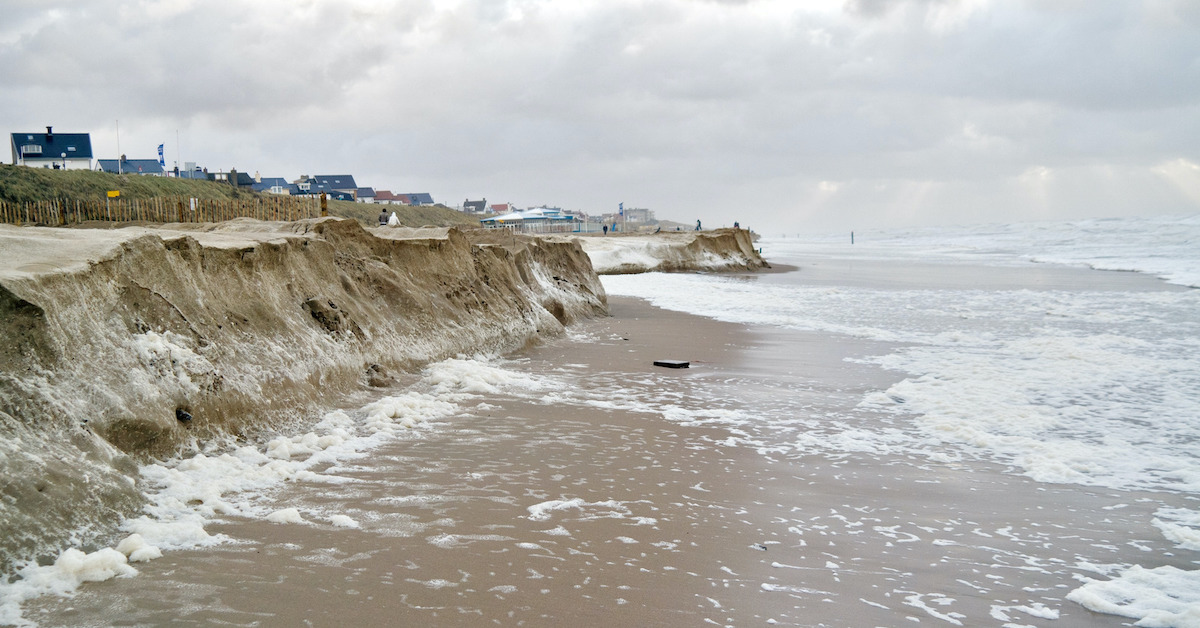1. Combating Coastal Erosion
Dredging, a crucial environmental and engineering practice, involves the removal of sediments and debris from the bottoms of lakes, rivers, harbors, and seas. Essential for maintaining and enhancing the navigability of waterways, dredging also plays a significant role in coastal sustainability and environmental protection, particularly through beach reinforcement. This article explores the long-term benefits of dredging projects for coastal areas, highlighting how they combat coastal erosion, support ecological health, and enhance the resilience of coastal communities against climate change impacts, with a focus on technological advancements in sand dredging.
Coastal erosion is a pressing global concern, exacerbated by rising sea levels and increased storm frequency due to climate change. Dredging projects are crucial in managing this issue by replenishing beaches with sand from offshore sources. This process, known as beach nourishment, restores beach profiles and provides additional buffer zones against storm surges.
Example: Miami Beach, USA
Miami Beach, Florida, has undertaken extensive beach nourishment projects since the 1970s, sourcing millions of cubic yards of sand from designated offshore areas. This initiative has protected the coast and preserved the beach’s recreational value and aesthetic appeal, crucial for the local tourism industry.
Technological Advances in Sand Dredging
The sand for such critical environmental projects is often sourced from other oceans, approximately 10 to 12 kilometers offshore. Utilizing advanced maritime technology, trailing suction hopper dredgers play a pivotal role. These specialized vessels are equipped to handle the immense task of lifting sand from the seabed and transporting it to the targeted beach areas. Once at the site, the sand is pumped through pipelines and meticulously spread across the coastline by bulldozers, ensuring even distribution and optimal shoreline reinforcement.
Benefits of Technological Advancements
- Efficiency and Scale: Advanced dredgers can operate at greater depths and handle larger volumes of sand, making beach nourishment projects quicker and more efficient.
- Environmental Sensitivity: Modern dredging equipment can be finely controlled to minimize the disturbance to the seabed and marine life.
- Precision in Placement: GPS and other navigational technologies ensure that sand is placed precisely where it is needed, reducing waste and enhancing the effectiveness of the nourishment.
2. Enhancing Coastal Resilience
The reinforcement of beaches through dredging enhances the resilience of coastal ecosystems. By building up beach profiles and dunes, dredging helps absorb the energy of incoming waves and reduces the impact of storm surges, crucial for protecting coastal habitats and human developments.
Example: The Netherlands’ Delta Works
The Delta Works in the Netherlands, involving dams, sluices, locks, dikes, and storm surge barriers, was significantly supported by dredging activities. These efforts have protected large areas of land from the sea and created a robust defense system against future sea-level rises.
3. Supporting Marine Biodiversity
Dredging supports marine biodiversity when conducted with environmental sensitivity. The creation of new habitats through the deposition of dredged materials can enhance local biodiversity.
Example: Lamma Island, Hong Kong
Artificial reefs created near Lamma Island in Hong Kong from environmentally friendly materials have enhanced marine biodiversity by providing new habitats for various marine species, including corals.
4. Promoting Economic Benefits
Dredging contributes significantly to local and regional economies. Improved waterways facilitate trade and commerce by enabling larger ships to pass, reducing transportation costs.
Example: Port of Rotterdam, Netherlands
The Port of Rotterdam relies on regular dredging to accommodate large cargo ships, making it a critical hub in global trade and bolstering the Dutch economy.
5. Mitigating Flood Risks
Dredging deepens riverbeds and channels, enhancing their capacity to carry water away from flood-prone areas, crucial in regions prone to heavy rains and flooding.
Example: Brisbane River, Australia
Following severe flooding in 2011, the Brisbane River underwent extensive dredging to restore its capacity to manage stormwater, crucial in mitigating the risk of future floods.
6. Facilitating Scientific Research
Dredging provides materials and opportunities for scientific research, leading to better understanding and management of coastal and marine ecosystems.
Example: Chesapeake Bay, USA
Studies on materials dredged from Chesapeake Bay have informed pollution control measures and contributed to the bay’s restoration efforts.
Conclusion
Dredging projects, when planned and executed with environmental foresight and advanced technology, offer a multitude of long-term benefits that contribute to the sustainability and resilience of coastal regions. From combating erosion and enhancing biodiversity to supporting economies and scientific research, the strategic value of dredging in maintaining healthy and vibrant coastal ecosystems is undeniable. As global awareness and technology advance, the potential for innovative dredging techniques to further support coastal sustainability continues to grow, promising a safer and more prosperous future for coastal communities worldwide.
